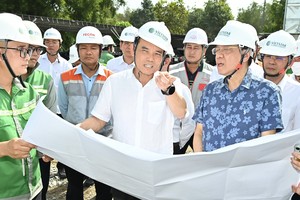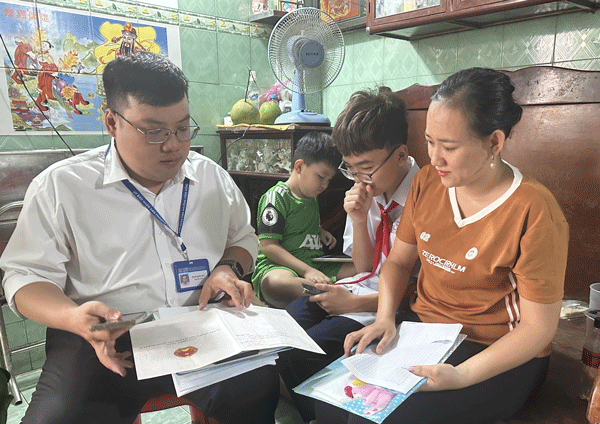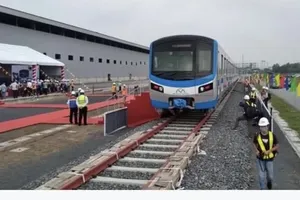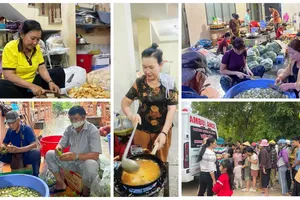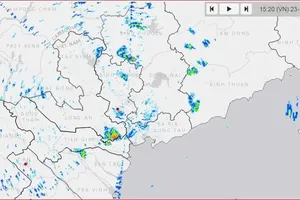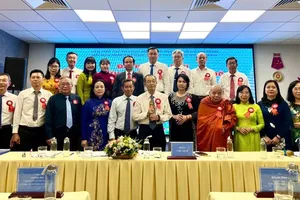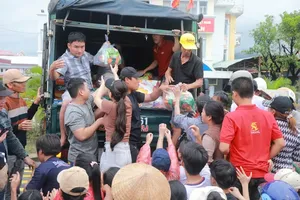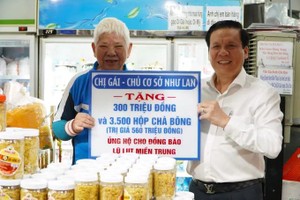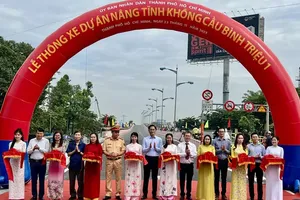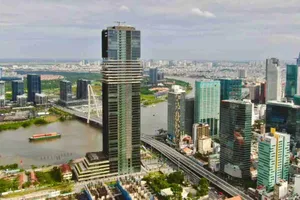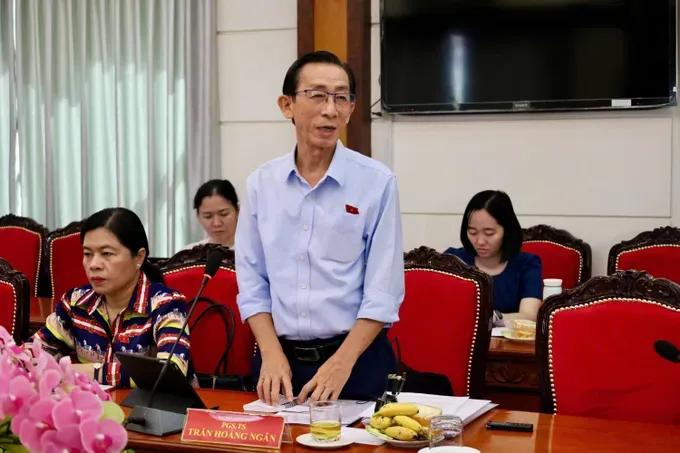
First, Assoc Prof Dr Tran Hoang Ngan stressed the development space expansion of HCMC after the recent merge, solidifying its role as the country’s leading growth pole and innovation hub. The city’s economic scale (GRDP) is estimated at VND3.03 quadrillion (approx. $123 billion), accounting for 23.5 percent of the national GDP. HCMC is also the nation’s largest financial center, with 2025 budget revenue projected to reach VND750 trillion (US$28.4 billion), contributing about 36.7 percent to the total national budget revenue.
This new stature demands a superior legal framework capable of resolving urgent bottlenecks while simultaneously creating conditions for the city to flourish. Specifically, HCMC is grappling with major issues like traffic congestion, flooding, and urban planning implementation, all of which require mechanisms robust enough to provide fundamental solutions.
General Secretary To Lam emphasized that HCMC’s paramount task is to restructure its development space under a “multi-polar” mindset; any delay signifies lost opportunity. Consequently, amending Resolution 98 via a shortened procedure is absolutely necessary. This addresses urgent requirements, fundamentally removing urban management limitations while enabling the city to mobilize resources, realize growth targets, and contribute significantly to the nation.
This amendment is especially meaningful when HCMC operates the two-tier local government model under the “1 center, 3 regions, 1 special zone” mindset to serve both citizens and businesses. The proposal to amend Resolution 98 focuses on simplifying procedures and strengthening decentralization.
This empowers HCMC to proactively decide land use, planning, and investor selection via shortened processes, particularly in key economic zones. By reducing intermediary steps, the city can resolve real-world issues quickly and attract investment. This applies the motto “close to the people,” enhancing service efficiency for residents and businesses, the ultimate goal of the two-tier model.
Answering the question on the breakthrough points in the proposed Resolution 98 amendments to create new development momentum for HCMC, Assoc Prof Dr Tran Hoang Ngan two major changes.
First is the proposal to add superior preferential policies attractive enough to draw strategic investors to large-scale projects. These projects play a key role in developing urban infrastructure, logistics, and key transport systems, with scales reaching up to VND75 trillion ($2.84 billion).
For the 2026-2031 period, HCMC has targeted an average GRDP growth rate of 10-11 percent per year, with total social investment capital accounting for 35-40 percent of GRDP. Meanwhile, for 2026, HCMC’s approved development investment expenditure estimate is only VND144 trillion ($5.5 billion), whereas the actual demand is VND700-800 trillion ($26.5-30 billion).
Thus, HCMC must mobilize social capital of approximately VND600-800 trillion annually to meet development needs. To achieve this colossal figure, attracting and selecting strategic investors is critical. Adjusting policies to attract large corporations with financial capacity, technology, and modern governance is vital to promote synchronous, modern urban infrastructure development and improve residents’ quality of life.
Second is establishing the legal framework for a new development model: the HCMC Free Trade Zone (FTZ). This is a strategically significant mechanism, allowing HCMC to pilot a comprehensive institutional model with superior policies on procedures, taxes, investment incentives, customs, and logistics.
The aim is to form a new “super growth pole” linked to the Cai Mep Ha seaport area. An institution with sufficient openness will give HCMC an advantage in attracting capital flows and global value chains.
As to the financial momentum created by the revised Transit-Oriented Development (TOD), Assoc Prof Dr Tran Hoang Ngan identified transport infrastructure, particularly the metro, as a strategic breakthrough, yet budgets cover only 30 percent of needs. Consequently, proposed Transit-Oriented Development (TOD) financial mechanisms aim to bridge this gap.
The policy facilitates multi-functional urban areas around transport hubs with synchronous technical and social infrastructure. Crucially, HCMC will leverage revenue from increased land value to reinvest in infrastructure, establishing a self-sustaining, closed-loop financial model. By integrating housing and commercial works along transport routes, this approach generates new GRDP, reduces congestion, and elevates urban quality of life.
Finally, he once more stressed the importance of amending Resolution 98 with three obvious reasons:
- HCMC has long been the country’s growth pole and innovation hub. Many guidelines and mechanisms, after successful pilots in HCMC, have been summarized and promulgated by the Central government for nationwide application. In the current context, proposing an upgrade to specific mechanisms sufficient to resolve bottlenecks in the HCMC megacity will provide the Central government with practical evidence for policy testing before replicating it in other localities.
- Public spending and social investment in HCMC are large-scale with strong spillover effects. The mechanism for allocation and rewards for exceeding revenue targets under specific policies alone will create additional investment resources for the city to develop, contributing more to the region and the country.
- HCMC is not asking for more money; it is asking for a mechanism strong enough to proactively mobilize social resources, effectively exploit land funds, and create new value from infrastructure and public services. Currently, among the six localities regulating budget revenue to the Central government, HCMC enjoys the lowest regulation rate for 2026: 25 percent (compared to Hanoi: 32 percent, Quang Ninh: 51 percent, Dong Nai: 59 percent, Da Nang: 83 percent, Hai Phong: 84 percent).
HCMC is always “for the whole country, with the whole country.” The city desperately needs the Central government to support superior mechanisms strong enough to attract social resources for development investment, especially for synchronous socio-economic infrastructure. This will unleash its potential and advantages, accelerating development to contribute even more to the country's growth and total budget revenue.
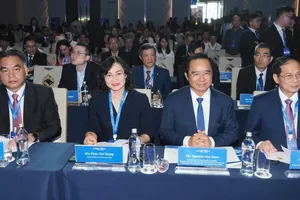
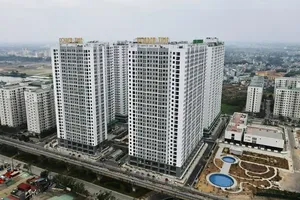
)

